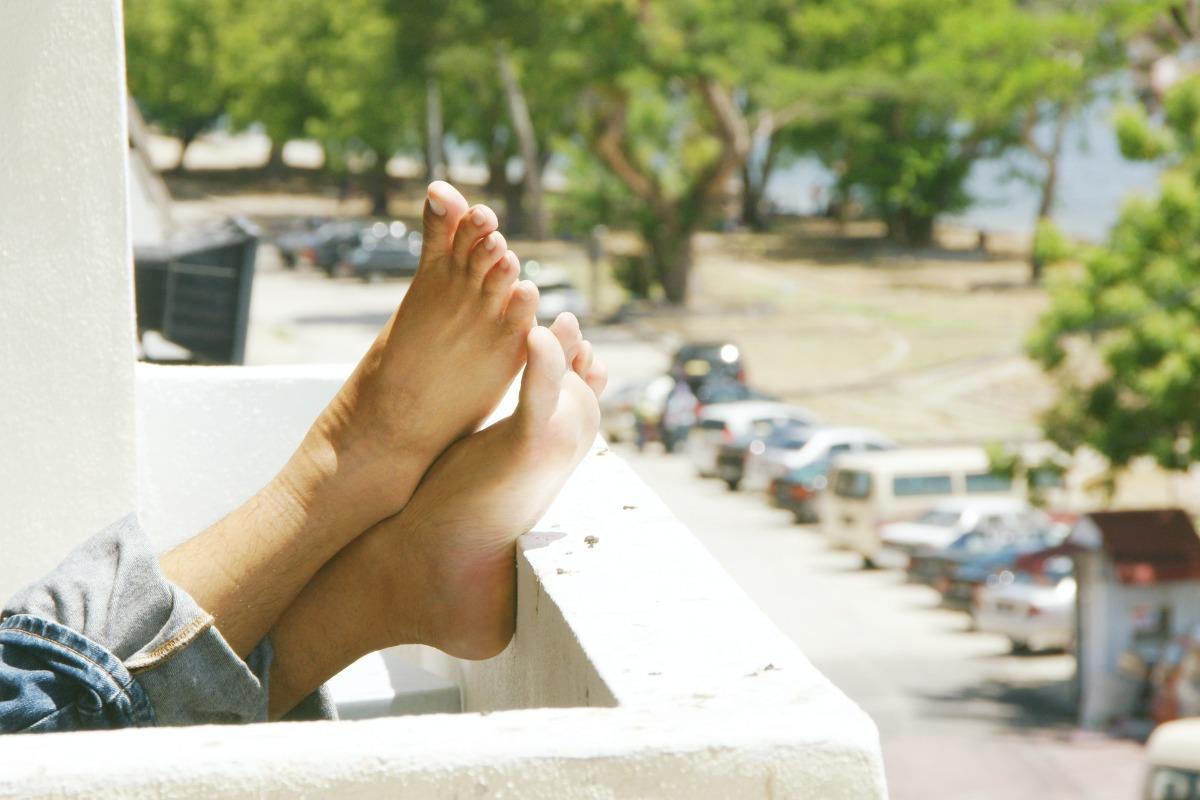The Effects of Crooked Toes on Foot Function And Overall Health
posted: Mar. 28, 2023.

Crooked toes, also known as mallet toes, hammer toes, and claw toes, can significantly impact foot function and overall health. These deformities, which occur when the toes are bent or curled in an unnatural position, can cause pain, discomfort, and difficulty with movement. In severe cases, crooked toes can even lead to more serious health problems.
Crooked toes can affect how a person walks, leading to other issues. For example, if the toes are bent in an upward position, it can cause a person to walk on the balls of their feet, leading to foot pain and discomfort. On the other hand, if the toes are bent downward, it can cause a person to walk on the tops of their toes, leading to problems with stability.
In addition to impacting how a person walks, crooked toes can cause pain and discomfort. The bent or curled position of the toes can put pressure on the joints, which can cause pain and swelling. In severe cases, the toes may become stiff and difficult to move, limiting a person's range of motion and making it difficult to perform everyday activities.
Crooked toes can also lead to other health problems. For example, if the toes are bent in a way that causes a person to walk on the balls or the tops of their feet, it can lead to other foot problems, such as calluses and blisters. Over time, these issues can become more severe, potentially leading to problems like foot ulcers and infections.
Additionally, crooked toes can cause problems with a person's overall posture. If the toes are bent in an unnatural position, it can throw off a person's balance and alignment, leading to issues like back pain and neck pain.
Crooked toes can be diagnosed by a foot specialist during a physical examination. The podiatrist will carefully examine the feet and toes, looking for signs of deformity, such as bent or curled toes. They may also ask about their symptoms, such as pain or discomfort, and your medical history, including any underlying conditions contributing to the deformity.
In some cases, they may order additional tests to confirm the diagnosis and rule out other potential causes of the symptoms. For example, they may order imaging tests, such as X-rays, to get a better look at the bones and joints in the feet and toes. They may also ask for blood or other laboratory tests to check for underlying medical conditions contributing to the deformity.
Treatment for crooked toes depends on the severity of the deformity and the underlying cause. In some cases, conservative treatments, such as special exercises and shoe inserts, can help to straighten the toes and alleviate pain and discomfort. In more severe cases, surgical intervention may be necessary to correct the deformity and restore proper foot function.
Overall, crooked toes can have a significant impact on foot function and overall health. If you are experiencing pain, discomfort, or difficulty with movement because of crooked toes, you must speak with a podiatrist to determine the best course of treatment. With the proper treatment, you can straighten your toes and improve your foot function, ultimately leading to better overall health.